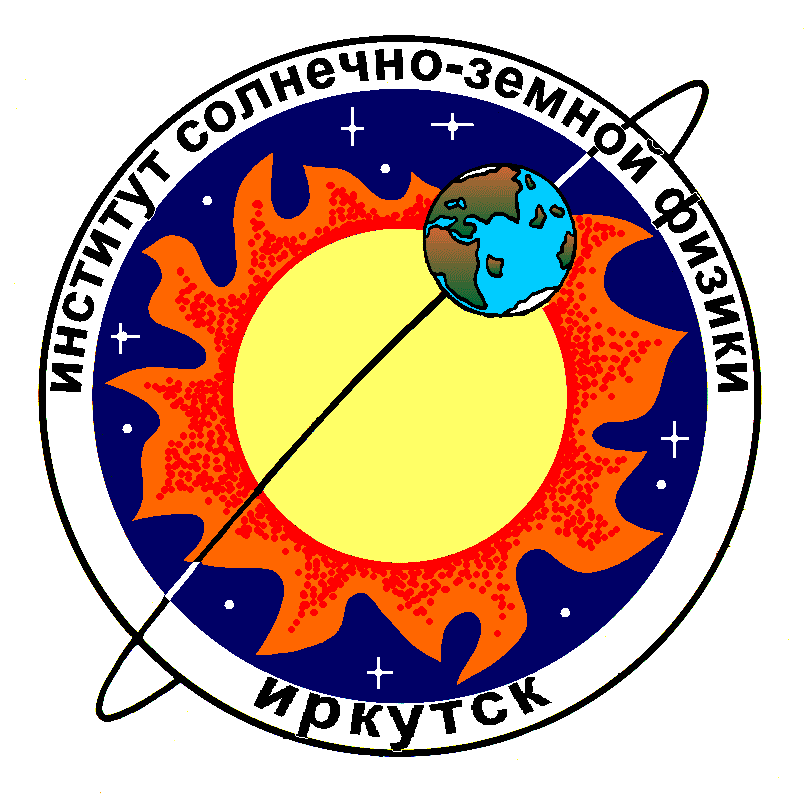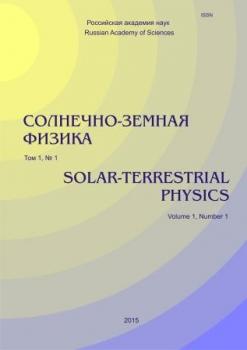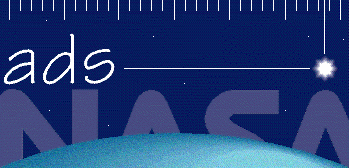Irkutsk, Russian Federation
Irkutsk, Russian Federation
Irkutsk, Russian Federation
Irkutsk, Irkutsk region, Russian Federation
Correlation curves of the multi-frequency Siberian Radioheliograph (SRH) provide a sensitive indication and demonstrative representation of monitoring the microwave life of the active Sun. We derive approximate relationships and briefly discuss the contribution of the quiet Sun, active regions, radio bursts, satellites, and atmospheric absorption to the radioheliograph’s correlation response. The estimates are obtained under the assumption that the activity centers and the quiet Sun are homogeneous disks of different sizes and brightness. The sensitivity of the correlation curves to weak sources of small angular sizes is due to their wide spatial spectrum. The wide spectrum means that each pair of antennas produces a noticeable interferometric response, so the total response is significant. The correlation curves allow us to estimate spatial sizes of the radio burst source at different frequencies, but do not allow us to calculate the shape of its radio spectrum. Variability in the atmospheric water content over time creates fluctuations of the received solar radio flux. The correlation response is much less susceptible to this factor.
Sun, microwave emission, radioheliograph, correlations
1. Alpert J.L., Ginzburg V.L., Feinberg E.L. Rasprostranenie radiovoln [Radio Wave Propagation]. Moscow, GITTL, 1953, 884 p. (In Russian).
2. Altyntsev A.T., Lesovoi S.V., Globa M.V., Gubin A.V., Kochanov A.A., Grechnev V.V., Ivanov E.F., et al. Multiwave Siberian Radioheliograph. Solar-Terrestrial Physics. 2020, vol. 6, iss. 2, pp. 30–40. DOI:https://doi.org/10.12737/stp62202003.
3. Borovik V.N. Quiet sun from multifrequency radio observations on RATAN-600. Adv. Solar Phys. 1994, vol. 432, pp. 185–190.
4. Fleishman G., Kontar E., Nita G., Gary D. Cold, Tenuous Solar Flare: Acceleration Without Heating. Astrophys. J. Lett. 2011, vol. 731, no. 1, pp. L19. DOI:https://doi.org/10.1088/2041-8205/731/1/L19.
5. Gradshtein I.S., Ryzhik I.M. Tables of Integrals, Series and Products. Moscow, Nauka, 1971, 1108 p. (In Russian).
6. Lesovoi S.V., Kobets V.S. Correlation plots of the Siberian Radioheliograph. Solar-Terrestrial Physics. 2017, vol. 3, iss. 1, pp. 19–25. DOI:https://doi.org/10.12737/article_58f96eeb8fa318.06122835
7. Lesovoi S.V., Kobets V.S. Simulating Siberian Radioheliograph response to the quiet Sun. Solar-Terrestrial Physics. 2018, vol. 4, iss. 4, pp. 82–87. DOI:https://doi.org/10.12737/stp-44201811.
8. Stepanenko V.D., Shchukin G.G., Bobylev L.P., Matrosov S.Yu. Radioteplolokatsiya v meteorologii [Radiothermal Location in Meteorology]. Leningrad, Hydrometeoizdat, 1987, 280 p. (In Russian).
9. Thompson A.R., Moran J.M, Swenson G.W. Jr. Interferometry and Synthesis in Radio Astronomy. New York: Wiley, 2001. 692 p. DOI:https://doi.org/10.1002/9783527617845.
10. Nakajima H., Nishio M., Enome S., Shibasaki K., Takano T., Hanaoka, Y., Torii, C., et al. The Nobeyama radioheliograph. IEEE Proc. 1994, vol. 82, no. 5, pp. 705–713.
11. Yavorsky B.M., Detlaff A.A. Spravochnik po fizike dlya inzhenerov i studentov vuzov [Handbook of Physics For Engineers and University Students]. Moscow, Nauka, 1965. (In Russian).
12. Zheleznyakov V.V. Radio emission of the Sun and planets. International Series of Monographs in Natural Philosophy, Oxford: Pergamon Press. 1970.
13. Zirin H., Baumert B.M., Hurford G.J. The microwave brightness temperature spectrum of the quiet Sun. Astrophys. J. 1991, vol. 370, p. 779. DOI:https://doi.org/10.1086/169861.
14. Zlotnik E.Ya. Theory of the Slowly Changing Component of Solar Radio Emission.I. Soviet Astronomy. 1968, vol. 12, p. 245.
15. URL: https://www.swpc.noaa.gov/ (accessed August 12, 2024).
16. URL: https://badary.iszf.irk.ru/ (accessed August 12, 2024).
17. URL: https://ckp-rf.ru/catalog/usu/4138190/ (accessed August 12, 2024).



















